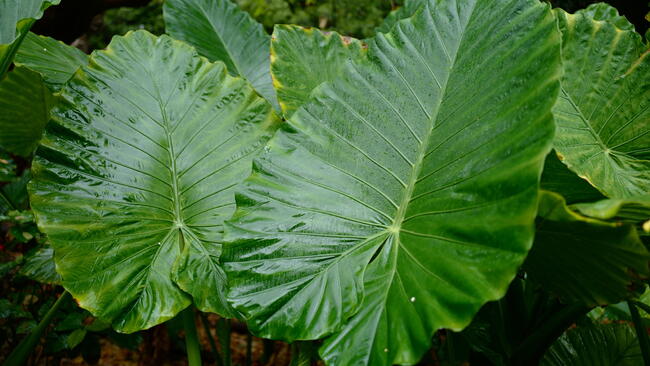
Learn how to plant, grow, and harvest globe artichokes
Read Next
Types
- ‘Green Globe’ matures early and is a good choice for northern gardeners. This variety can be grown as an annual.
- ‘Violetto’ produces purple slightly elongated buds. Best grown as a perennial.
- ‘Imperial Star’ has tasty round buds that mature early. It is an annual and will produce well-developed artichokes the first year from seed. Plants grow about 3 feet tall. Each produces 1-2 small primary buds and 5-7 smaller secondary buds.
- ‘Emerald’ has thornless buds and is very productive. It grows glossy, deep green buds on 4 to 5 feet tall plants. Grow it as a perennial in Zones 7 and above.
Gardening Products
Cooking Notes
Artichokes are delicious raw or cooked. They can also be pickled or canned.
Before cooking, slice off the bottom of the stem and any tough outer leaves. Cut off about 1 inch of the spiky top of the artichoke.
Steam artichokes, don’t boil them. Steaming cooks them with just the right amount of moisture.
More Like This
Hi Jill,
Sorry to hear about your artichokes. Since they are a Mediterranean crop, winter protection can be a bit tricky, although it is definitely possible to overwinter them. If your wet winter (snow and rain) was also accompanied by periods of thawing and freezing, it may not have mattered how well protected your artichoke crowns and roots were because that excessive moisture making its way into the ground followed by colder freezing temperatures is a recipe for disaster.
You can certainly try to protect them inground again this year. Another way of doing it is to make a 2-foot-tall cage out of chicken wire (secured to the ground) that is 12 inches wider than the plant and fill it completely with leaves and straw. The cage will keep the leaves and straw in place. Some even recommend adding extra soil on top of the plants prior to mulching with leaves and straw.
An alternative is to dig up the crowns and roots, remove as much soil as possible and store for the winter in a box of moist sand or peat in a cool location, like a garage or basement.
Also, if you find yourself needing to plant new artichokes next year or in the future, consider planting varieties like Green Globe or Imperial Star, which have shorter growing seasons and are more hardy.
Hope this helps!
Hi Stephanie, Artichoke is a perennial plant. Summer eat ends the harvest, toughens the edible parts and causes it to flower. Once the fruiting and harvest is done, cut back the plant (foliage and stems) to the soil level. You can either cover with mulch to initiate summer dormancy or allow the ornamental flower buds to form. Stop watering until early fall when the plant sends out new shoots in the fall. (You can stimulate a light crop in the fall by working compost into the soil around plants as growth resumes in cool weather.) If you wish, you can transplant new shoots into a new location in the garden or just leave them place to produce another year. Make sure you leave only the most vigorous shoot on the old plant for growth in the spring.
- « Previous
- 1
- 2
- …
- 10
- Next »












Comments